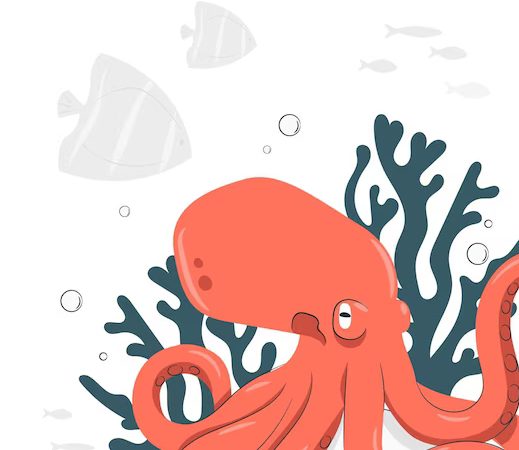The Definitive Guide to Choosing the Best Live Betting Site
Betting online can get extra excitement out of your favorite sports teams, but you should find the right site. With so many options available, it can be difficult! That’s why we’ve created this definitive guide to help you choose the perfect live betting site for all your needs. So if you’re ready to place bets with confidence, read on!

What should you pay attention to?
If you’re ready to start betting online, you should consider key factors to choose the site best suited for your level of experience:
- Reputation and safety. Ensure you’re playing on a safe and reliable site by looking into the experiences of other players. Get informed with reviews from those who have had positive gaming interactions.
- Odds. Maximize your betting potential by researching the various odds offered across different sites.
- Variety. Before you put down any bets, be sure to do your due diligence. Different sites offer distinct sports betting choices, so take the time to study everything.
- Bonuses and promotions. Don’t miss out on the awesome bonuses and promotions that many sites offer! Be sure to take a look at them before signing up.
- Customer service. If you have any queries or issues related to a product, ensure that their customer service is top-notch.
All these factors are crucial when searching for the best live betting site. When gambling online, it’s essential to consider what types of wagers you’d like to make as well as any other features such as live streaming and cash-out possibilities.
What live betting sites can we recommend?
Once you’ve considered all the factors above, here are some of our top picks for live betting sites:
- Bet365;
- Unibet;
- William Hill;
- Ladbrokes;
- Betfair.
We’ve chosen these sites due to their years of experience and well-deserved reputation, complete with customer support, top-notch security measures, an array of markets, competitive odds, and plenty of live betting selections.
How to place live bets: tips for beginners
Even if you’re a complete newcomer, don’t worry — with these helpful hints and insights, success won’t be far away:
- Research. If you’re looking to make a wager on any given game, your knowledge must be up-to-date. Research the two teams playing and be aware of how the odds are stacked in each one’s favor; double-check online reviews and news sources as these could contain key information swaying whether or not you should place a bet.
- Keep an eye on the clock. Live betting is all about being quick on your feet. With events constantly in motion, you need to be ready at a moment’s notice and demonstrate reaction time like never before. Be sure to keep close track of the clock so that you’ve uninterrupted access to placing bets as they arise.
- Understand the different types of bets. Live betting is a good way to get in on the action, with an array of bet types from standard options up to prop bets. Ensure you’re familiar with everything available and know how each type works.
- Set a budget and stick to it. It’s easy to get caught up in the excitement of gambling, so it pays to be responsible. Establish a plan for yourself and remain steadfast — decide what you’re comfortable wagering beforehand, then don’t give into temptation even if your luck seems on fire.
Hopefully, this article has opened your eyes to all the possibilities that come with live betting sites. When it comes down to it, choose a site that fits your needs and comfort level. If you have anything else to add or feel unclear on something along the lines of live betting sites, please don’t hesitate to reach us. Thank you for reading our article!









